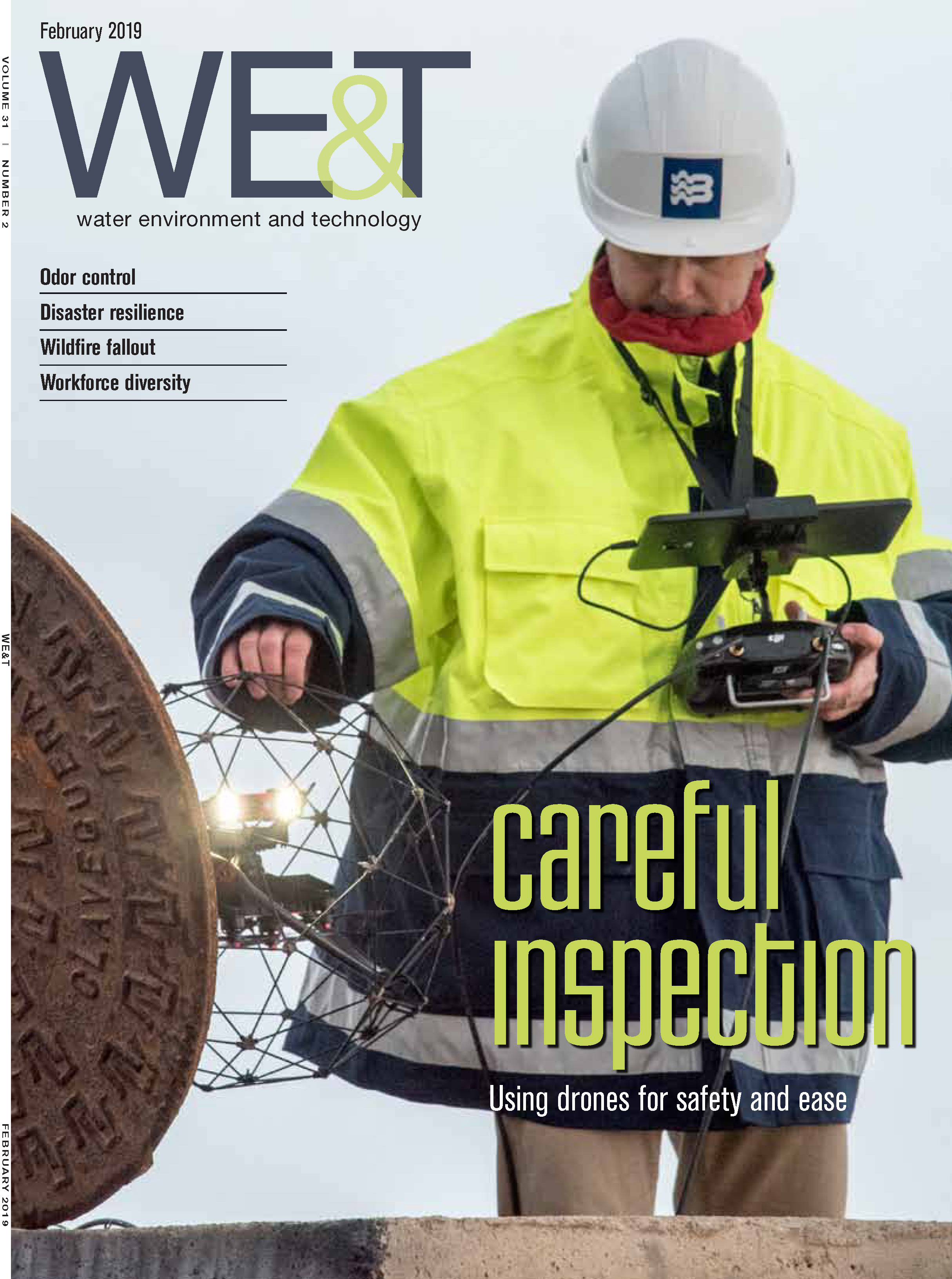Operation of Water Resource Recovery Facilities Study Guide

B. Ahmed, J.A. Brown, V. deSilva, G. Grissop, N. Jensen, M. Kasi, I. LaRue, D.M. Mason, and N. Naureen. Water Environment Federation (WEF), 601 Wythe Street, Alexandria, VA. 22314-1994;300 pp., $85; softcover, ISBN :978-1-57278-338-6.
This study guide is a companion to two other WEF publications: the seventh edition of Operation of Water Resource Recovery Facilities, Manual of Practice (MOP) 11 and a WEF video, Water Resource Recovery Facility 3D Virtual Tour. The video, manual, and study guide should be used together for training classes, studying for certification exams, and improving the quality of operations. This study guide was prepared by a WEF Task Force of the Technical Practice Committee Control Group, chaired by Eric Rothstein and vice chaired by D. Medina.
The video can be downloaded from the Internet free. It is a 10-minute, narrated educational video providing an excellent virtual tour of a typical water resource recovery facility. It covers such topics as wastewater treatment, water reuse, biosolids generation, land application, energy generation, anaerobic digestion, facility infrastructure, and wastewater treatment operation. Readers should download and view the WEF video first.
The next step is to read the official training material MOP 11, Operation of Water Resource Recovery Facilities, and learn the state-of-the art development in water resource recovery facility management and operation.
Finally, the questions and solutions in this study guide can be used for comprehensive review and examination preparation. The video, training manual MOP11, and this study guide emphasize principles of treatment, facility management, troubleshooting, and preventive maintenance. Specifically, this study guide contains challenging questions and detailed solutions to help readers with continuing education as well as on the job demands. These questions can be used to help develop advanced knowledge and ensure that your water resource recovery facility is fulfilling its mission of environmental protection.
Both international standard units and U.S. customary units are adopted in this study guide. Many subjects, such as permit compliance, industrial wastewater pretreatment, physical–chemical treatment, ultraviolet disinfection, dissolved air flotation thickening, nutrient removal, energy recovery, instrumentation, and safety have been included for the first time or further emphasized. This set of training materials are excellent self-study references for facility managers, superintendents, wastewater operators, college students, and consulting engineers.
The already excellent training set could be further improved by adding important resource recovery processes and technologies, such as membrane filtration (microfiltration, ultrafiltration, nanofiltration, reverse osmosis), membrane bioreactor, sequencing bioreactor, primary dissolved air flotation clarification, secondary dissolved air flotation clarification, powdered activated carbon adsorption, oil–water separation, wetland treatment, living machines, nutrient recovery, heavy metal recovery, carbon dioxide recovery, volatile organic compounds reduction, activated carbon regeneration, and chemical sludge treatment/recovery.
Lawrence K. Wang and Mu-Hao Sung Wang are professors and consultants respectively, at the Lenox Institute of Technology (Newtonville, N.Y.).
•••

